Imagine stepping into a world where the landscapes shimmer with a golden hue and the air is alive with the sounds of the wild. “Planning a Safari Adventure in Tanzania and Exploring the Serengeti Migration” will guide you through the breathtaking experience of witnessing one of nature’s greatest spectacles.
From the majestic Serengeti Migration to the famous Northern Parks, this article will provide you with valuable tips and insights to make your Tanzanian safari an unforgettable journey. So, pack your sense of adventure, and let’s embark on a remarkable exploration of Tanzania’s untamed beauty.
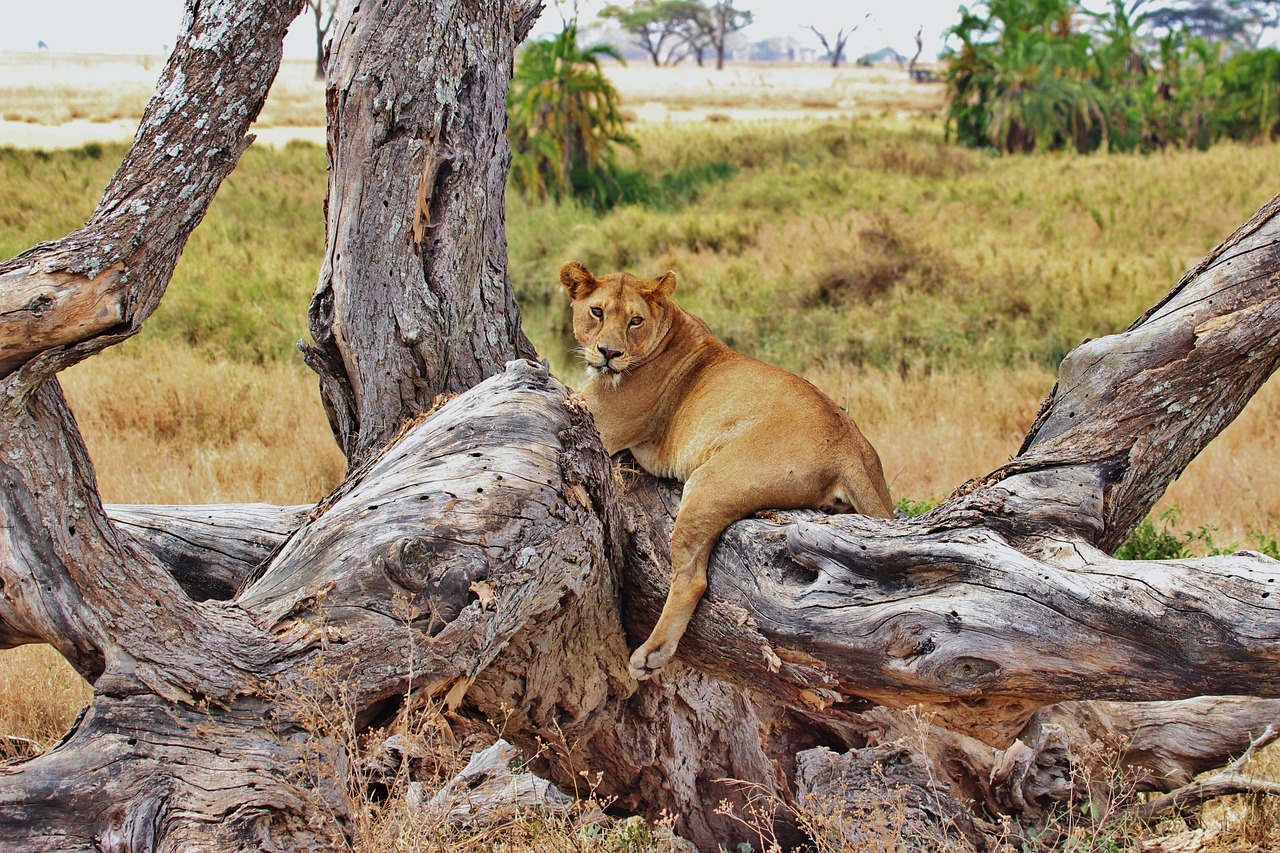
Have you ever dreamed of witnessing one of the most spectacular natural phenomena on Earth? If so, you’re not alone. Every year, thousands of adventurers and nature enthusiasts flock to Tanzania to experience the awe-inspiring Great Migration in the Serengeti. This guide will help you plan your unforgettable safari adventure, touching on essential aspects like the Serengeti Migration and the famous Northern Parks. Let’s dive into it!
Understanding the Serengeti Migration
The Serengeti Migration is a captivating journey involving millions of wildebeests, zebras, and gazelles as they traverse the vast plains of Tanzania and Kenya. This migration is driven by seasonal rains and the instinctual search for greener pastures and water. Watching these animals in their natural habitat, experiencing the struggle for survival, and the incredible landscapes is truly life-changing.
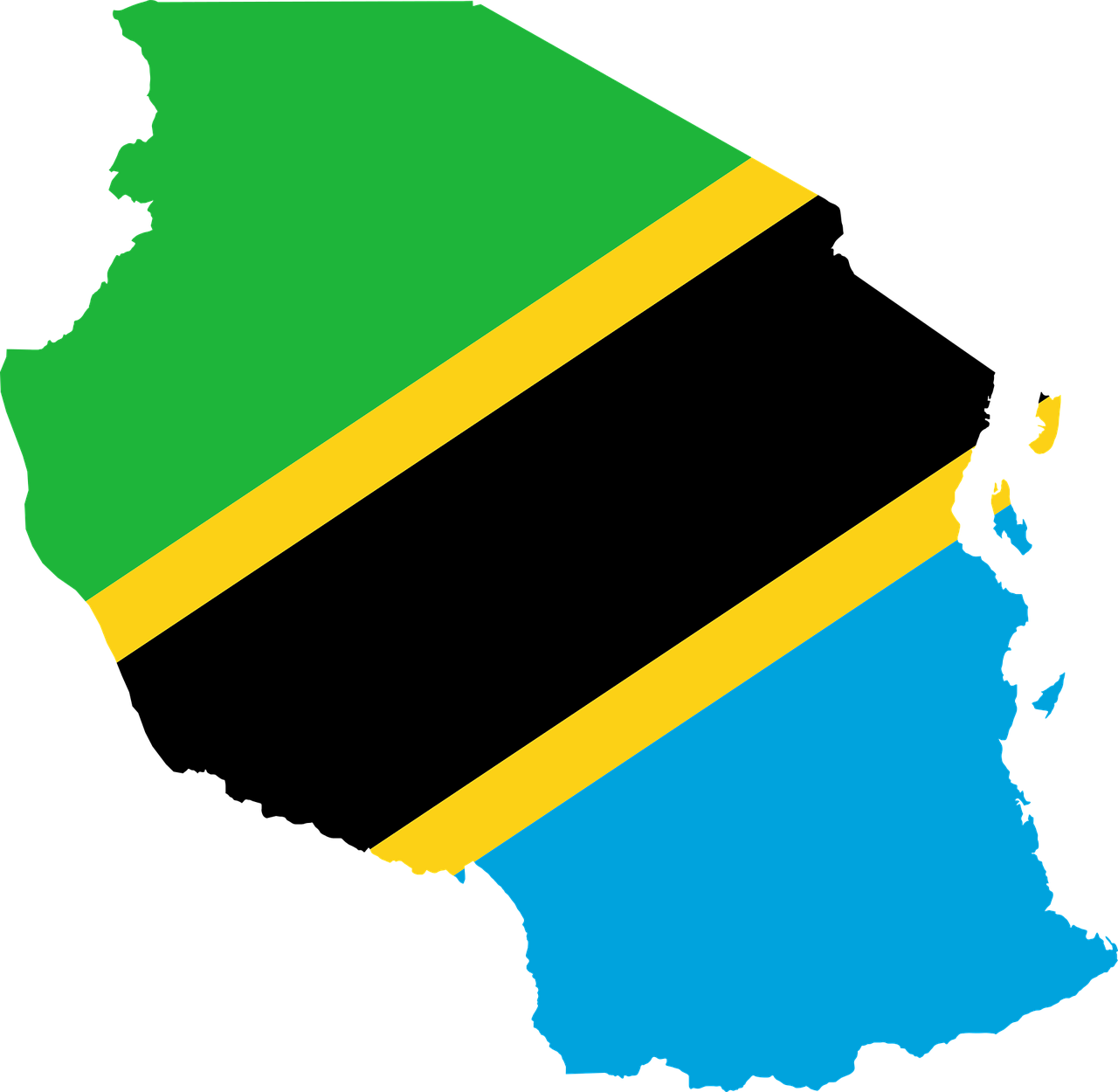
When to Visit
The timing of your visit is crucial for experiencing the Migration to its fullest. The Serengeti Migration is a continuous cycle, but it follows a relatively predictable pattern.
| Month | Location in Serengeti | Migration Event |
|---|---|---|
| January | Southern Serengeti/Ndutu | Calving Season |
| February | Southern Serengeti/Ndutu | Calving Season |
| March | Southern Serengeti/Ndutu | Beginning of Move North |
| April | Moving from Southern to Central Serengeti | Herds on the Move |
| May | Central Serengeti | Moving North towards Western Corridor |
| June | Western Corridor/Grumeti | River Crossings |
| July | Western Corridor and Northern Serengeti | Grumeti and Mara River Crossings |
| August | Northern Serengeti/Into Kenya’s Masai Mara | Mass River Crossings |
| September | Northern Serengeti/Into Kenya’s Masai Mara | High Migration Activity |
| October | Northern Serengeti/Into Kenya’s Masai Mara | Gradual Movement South |
| November | Central Serengeti | Herds Moving South |
| December | Southern Serengeti | Back to Calving Area |
The Calving Season (January – March)
If you visit Tanzania between January and March, you’ll experience the calving season in the southern Serengeti and Ndutu areas. During this time, nearly half a million wildebeest calves are born. It’s a unique opportunity to witness the newborns taking their first steps and the predators on the hunt.
The River Crossings (June – August)
The months of June to August are famed for the thrilling river crossings. The herds face the daunting challenge of crossing the Grumeti and Mara rivers as they move northward. If you’re seeking the most dramatic and heart-pounding scenes, this is the best time to go.
The Return Journey (October – December)
From October to December, the herds gradually make their way back to the southern Serengeti. This period is quieter but still offers incredible wildlife sighting opportunities as the wildebeests prepare for the calving season once more.
Choosing the Right Parks in Northern Tanzania
Northern Tanzania is brimming with some of the world’s most renowned national parks. Each of these parks offers unique experiences that combine wild landscapes, abundant wildlife, and cultural encounters.
Serengeti National Park
Serengeti National Park is, undoubtedly, the crown jewel of Tanzania’s parks. It’s famed for its endless plains and the phenomenal wildebeest migration. Spanning an area of 14,763 square kilometers, the park houses diverse ecosystems, from open savannah to woodlands and rivers. Game drives in the Serengeti offer unparalleled opportunities to spot the “Big Five” – lions, leopards, elephants, buffalo, and rhinos.
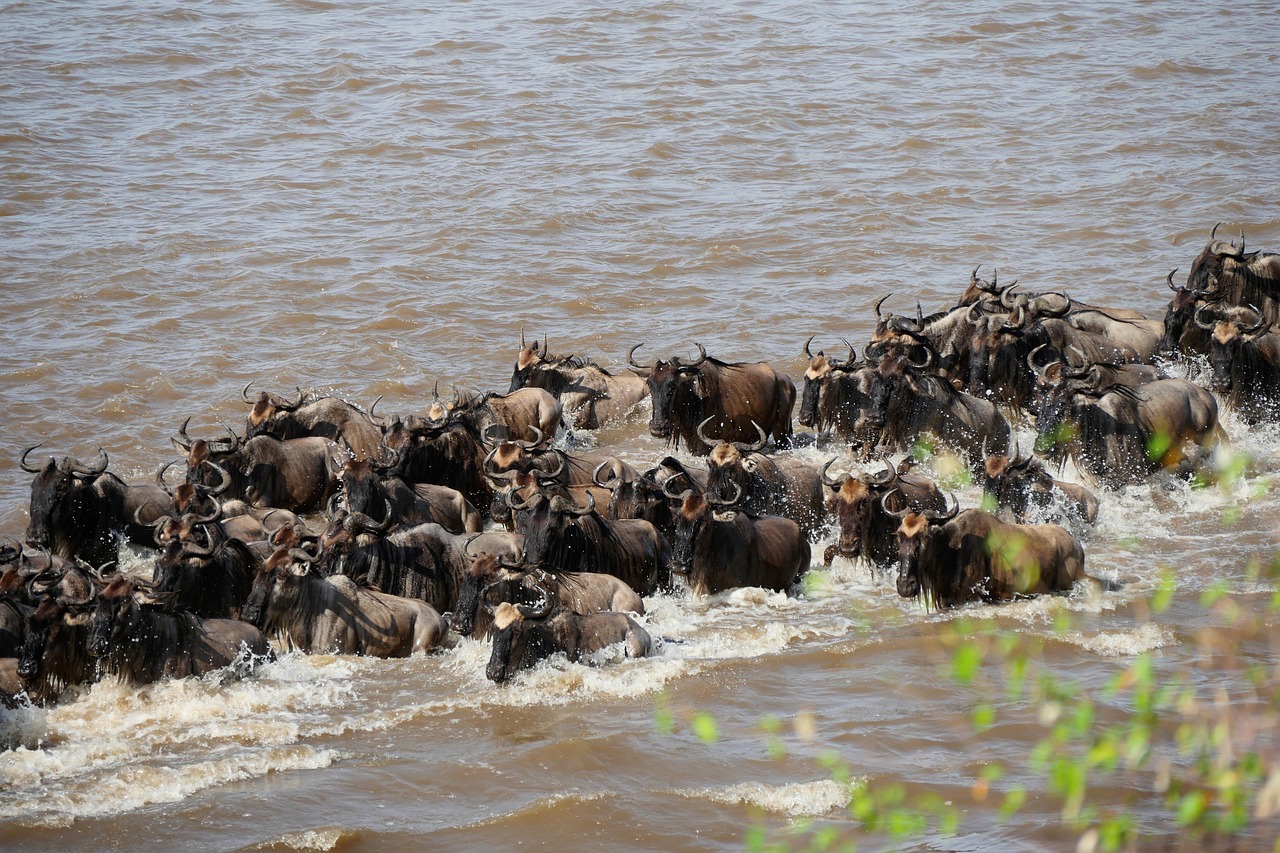
Ngorongoro Conservation Area
The Ngorongoro Conservation Area, featuring the magnificent Ngorongoro Crater, is another must-visit. This UNESCO World Heritage site is a volcanic caldera and one of the most pristine wildlife habitats globally. The crater floor teems with a high concentration of wildlife, including the rare black rhino. The area is also rich in Maasai culture, offering interactions with local tribes.
Tarangire National Park
Tarangire National Park is known for its dense elephant population and towering baobab trees. It’s an off-the-beaten-path destination that offers quieter and more intimate game-viewing experiences. The Tarangire River attracts a diverse array of wildlife, making it a prime spot for game drives.
Lake Manyara National Park
Lake Manyara National Park, although smaller, packs a mighty punch with its varied landscapes, from alkaline lakes to dense woodlands. It’s known for its tree-climbing lions and large flocks of flamingos. The park offers excellent bird-watching opportunities and lush scenery.
Crafting Your Itinerary
Creating a well-rounded itinerary ensures you make the most out of your safari adventure. Balancing between game drives, cultural experiences, and relaxation is key to a memorable trip.
A Sample 10-Day Itinerary
Day 1-2: Arrive in Arusha
Most safaris begin in Arusha, the gateway to the Northern Circuit. Spend your first day acclimatizing and exploring this bustling town. Visit local markets, enjoy a delicious Tanzanian meal, and prepare for the journey ahead.
Day 3-4: Tarangire National Park
Head to Tarangire National Park to kickstart your adventure. Enjoy game drives and marvel at the elephant herds and iconic baobab trees. Accommodation ranges from luxury lodges to comfortable tented camps.
Day 5: Lake Manyara National Park
Next, visit Lake Manyara National Park. A day in the park offers scenic game drives, bird-watching, and the chance to spot the elusive tree-climbing lions. The lush groundwater forests make it a refreshing contrast to the drier parks.
Day 6-7: Ngorongoro Conservation Area
Transit to the Ngorongoro Conservation Area and descend into the Ngorongoro Crater. A full-day game drive in the crater provides opportunities to see a variety of wildlife in a stunning setting. Stay at a lodge with views of the crater rim.
Day 8-10: Serengeti National Park
Finally, head to the Serengeti for the climax of your safari. Spend three days exploring different parts of the park. This is your best chance to witness the Great Migration and spot the Big Five. Depending on the time of year, you may catch the calving season, river crossings, or the herds moving south.
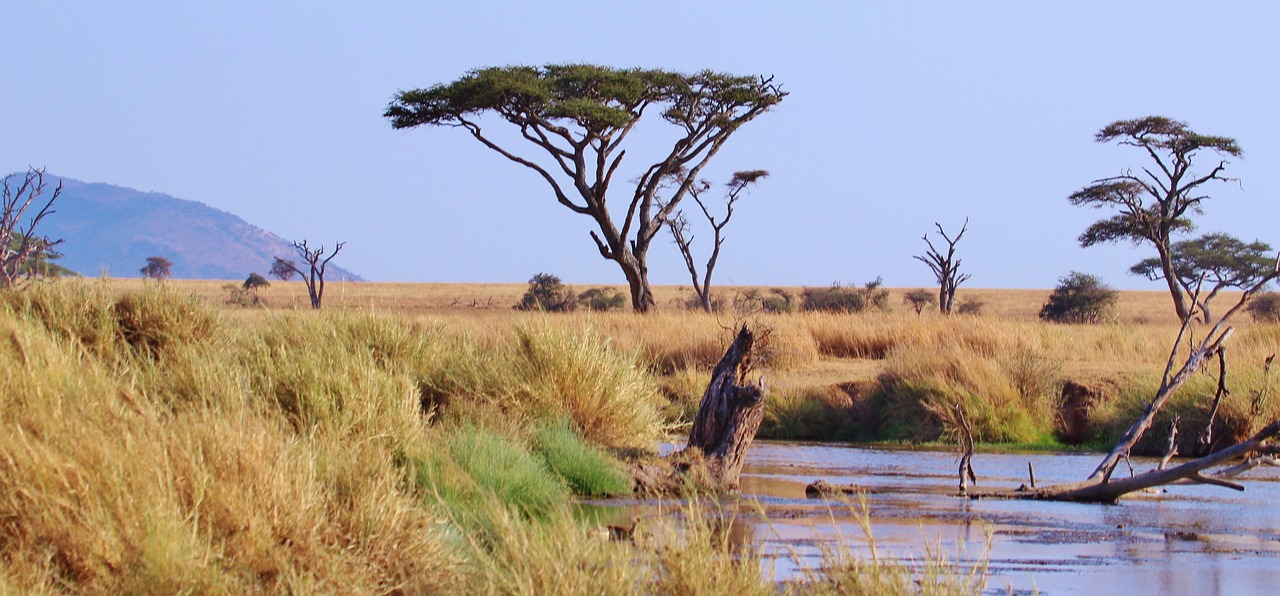
Choosing the Right Accommodation
Tanzania offers a range of accommodation options to suit various budgets and tastes. From luxurious lodges to more rustic campsites, there’s something for everyone.
Luxury Lodges
If you’re looking for comfort and luxury, many high-end lodges provide ensuite bathrooms, gourmet meals, and personalized service. These lodges are usually situated in prime locations, offering stunning views and easy access to wildlife.
Mid-Range Tented Camps
Mid-range tented camps offer a balance between comfort and authenticity. They provide a more intimate and close-to-nature experience while still ensuring the essentials for a comfortable stay.
Budget Camps
For those looking to save money, budget camps provide basic amenities while allowing you to be in the heart of nature. These camps often emphasize the adventure and immersive aspects of a safari.
Packing for Your Safari
Packing smartly is crucial for a pleasant safari experience. The goal is to be prepared, comfortable, and respectful of the environment and local customs.
Essential Items
- Clothing: Opt for neutral-colored clothing such as khaki, olive, and brown. Bring lightweight, breathable fabrics for the daytime, and pack warmer layers for the cool evenings.
- Footwear: Comfortable walking shoes or boots are a must. It’s also a good idea to bring sandals or flip-flops for lounging around camp.
- Hats and Sunglasses: Protect yourself from the sun with a wide-brimmed hat and UV-protective sunglasses.
- Binoculars and Camera: Do not forget your binoculars for close-up wildlife viewing and a good camera to capture those unforgettable moments.
- Medication and First Aid: Bring necessary medications, a basic first aid kit, and anti-malarial prophylactics.
- Other Essentials: Sunscreen, insect repellent, hand sanitizer, and wet wipes will also come in handy.
Suggested Packing List
| Item | Suggested Quantity |
|---|---|
| Lightweight shirts | 3-4 |
| Long pants | 2-3 |
| Shorts | 2 |
| Warm jacket/ fleece | 1 |
| Hat and sunglasses | 1 each |
| Comfortable shoes | 1 pair |
| Sandals/ flip-flops | 1 pair |
| Undergarments | 5-7 pairs |
| Socks | 5-7 pairs |
| Binoculars | 1 |
| Camera | 1 |
| First aid kit | 1 |
| Sunscreen and insect repellent | 1 each |
Health and Safety
Ensuring health and safety is paramount during your Tanzanian safari. By taking the necessary precautions, you can focus more on enjoying the experience and less on worrying about potential risks.
Vaccines and Medications
Before departing, consult with your healthcare provider regarding any necessary vaccinations and medications. The following are recommended for travel to Tanzania:
- Yellow Fever: A certificate is required if you’re coming from an endemic country.
- Hepatitis A and B
- Typhoid
- Tetanus-Diphtheria
- Anti-Malarial Prophylactics
Staying Safe
- Guided Tours: Always stay with your guide during game drives and walks. They’re well-trained in safety procedures and understanding animal behavior.
- Respect Wildlife: Maintain a safe distance from animals. Do not attempt to feed or touch them.
- Stay Hydrated: Bring plenty of water and keep hydrated, especially during peak heat.
- Sun Protection: Use sunscreen and wear protective clothing to guard against sunburn.
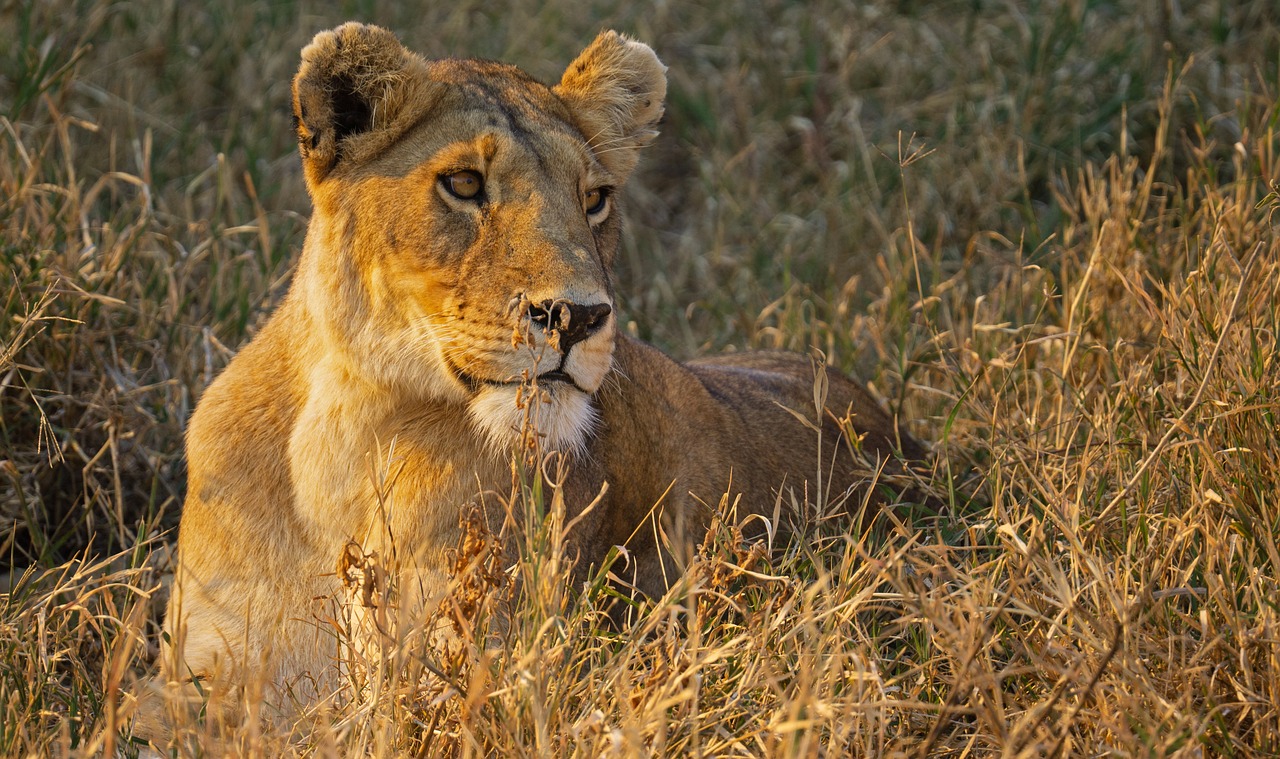
Cultural Etiquette
Tanzania is rich in diverse cultures and traditions. Respecting local customs is integral to having a respectful and rewarding travel experience.
Interaction with Maasai Tribes
The Maasai are among the most well-known ethnic groups in Tanzania. Visiting a Maasai village can be a highlight of your trip, offering insights into their traditional way of life.
- Ask Permission: Always ask before taking photographs of people.
- Dress Modestly: Cover shoulders and knees when visiting villages.
- Show Respect: Engage politely and show interest in their customs and stories.
General Etiquette
- Greetings: A warm handshake accompanied by a smile is a common form of greeting.
- Language: While Swahili is widely spoken, learning a few basic phrases can be appreciated. For example, “Jambo” means “hello” and “Asante” means “thank you.”
Environmental Responsibility
Being an environmentally conscious traveler helps preserve Tanzania’s pristine wilderness and vibrant ecosystems for future generations.
Follow Leave No Trace Principles
- Carry Out Trash: Do not litter. Carry out all non-biodegradable waste.
- Minimize Campsite Impact: Stick to established campsites and trails.
- Respect Wildlife: Observe animals from a distance without disturbing them.
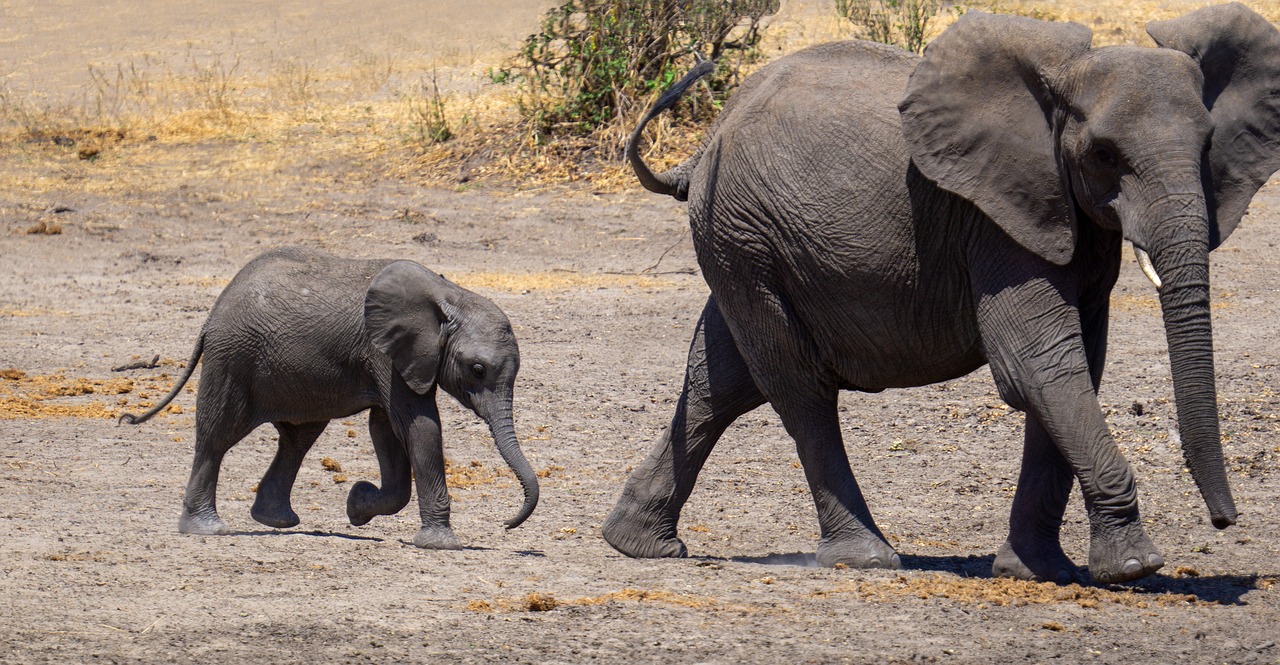
Support Eco-Friendly Lodges
Opt for accommodations that prioritize sustainability. These lodges often engage in conservation efforts, use renewable energy sources, and support local communities.
Planning a Safari Adventure in Tanzania and Exploring the Serengeti Migration
Planning a safari adventure in Tanzania to explore the Serengeti Migration is an experience like no other. From understanding the migration patterns and choosing the right parks to ensure health and safety, a well-planned trip promises unforgettable memories.
Immerse yourself in the wild, connect with diverse cultures, and marvel at the breathtaking beauty of Tanzania. So, dust off that adventurous spirit of yours and get ready for the experience of a lifetime!
